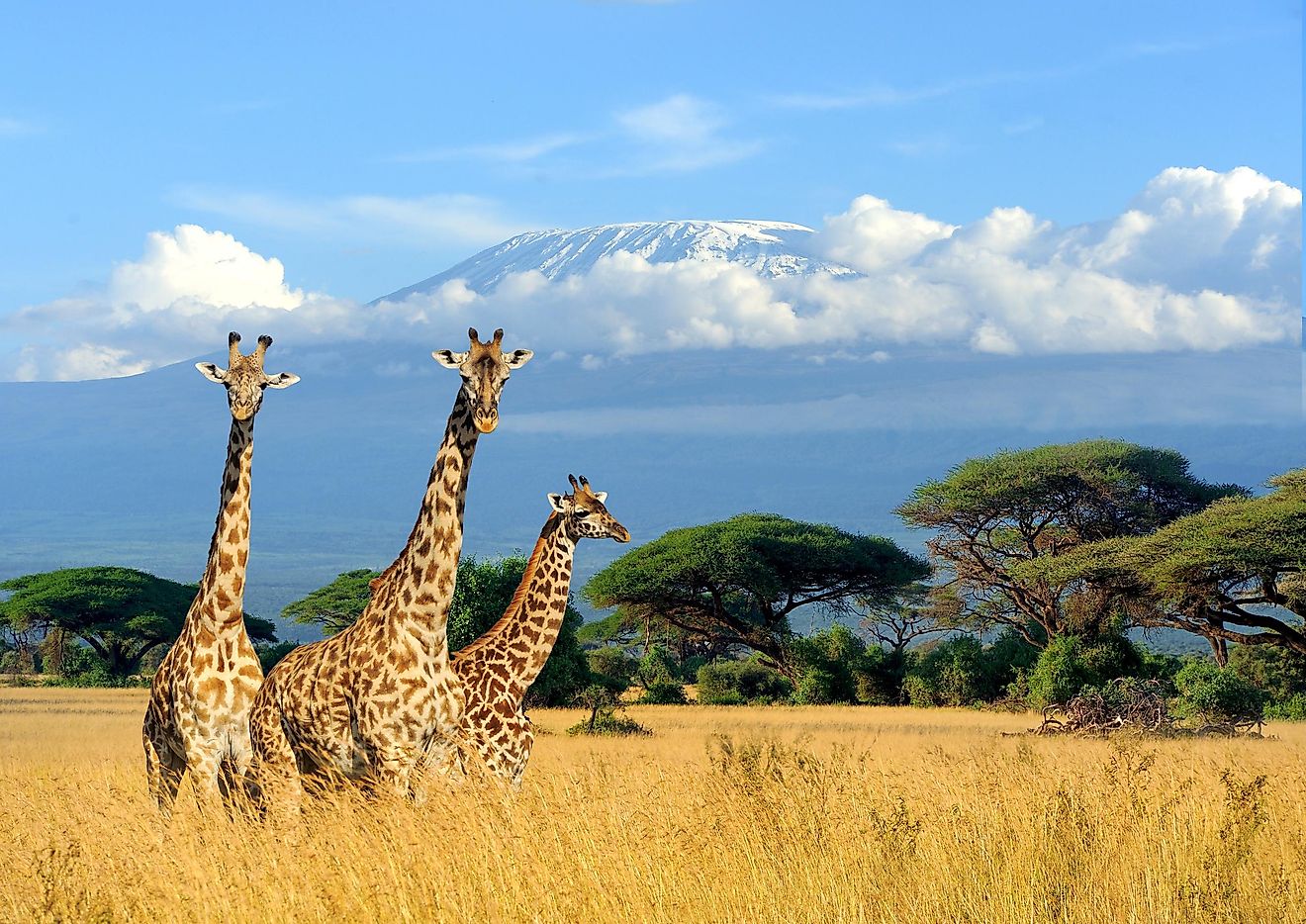What is a Ruminant?

Introduction
Simply defined, a ruminant is an animal that ingests and digests plant-based meals like grass. They acquire these meals through the mouth and then extract nutrients from them by fermentation (through microbial action) in a special chamber before digestion occurs. This process of fermentation before digestion is known as foregut fermentation and is facilitated by rumination. Rumination refers to the process of regurgitating food and chewing it again in order to break down the plant material.
There are about 200 species of ruminants in a list including both wild and domesticated animals. These include the likes of cattle, antelopes, gazelles, giraffes, and many more. The word “ruminant” originates from the Latin term “ruminare,” which translates to chewing all over again.
Stomachs
The four stomachs of ruminants are the major difference between them and non-ruminants. These four compartments are rumen, reticulum, omasum, and abomasum. The first two stomachs are the main sites for fermentation through the previously states microbial activity. These two play a crucial role in breaking down complex nutrients like carbohydrates into materials that the animal can utilize. This is also the part where cud is formed to be regurgitated and chewed again. Together, these two extremely similar changes chambers form the reticulorumen.
Once the food leaves the reticulorumen, it enters the omasum for some more digestion the same way a monogastric (with a single compartment) stomach works. The omasum releases enzymes and acids to digest both the food and the incoming microbes from the rumen. After that, the materials are absorbed in the small intestine, which is lined with villi to increase the surface area for faster absorption. The material then makes its way to the large intestine for absorption of water and other products while getting rid of waste.
Distribution
Ruminants are widely distributed all over the word in all continents except Antarctica. Presently, there are more than 75 million wild ruminants in the world with a huge percentage (almost 90%) of them living in Africa and Eurasia. The different species inhabit a wide array of climates from the tropic all the way to the cold of the arctic. Domesticated ruminants are much more with their number easily exceeding a whopping 3.5 billion. About 95% of these are cattle, goats, and sheep.
Physiology
Most ruminants have unique adaptations to help them survive. A common adaptation is the presence of continuously growing teeth. Their teeth wear out constantly due to grinding against one another and food during chewing. To compensate, the teeth are constantly growing unlike those of some animals that stop growing at a certain age.
For most ruminants, the upper jaw does not have incisors. Instead, it has a thick pad that helps in thorough chewing of food. Their stomachs are also large to accommodate plenty of food for later chewing during rumination.











